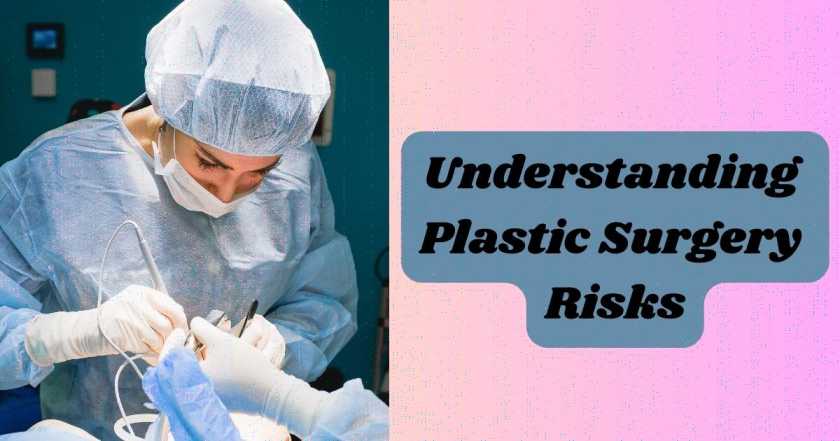Plastic surgery has become increasingly mainstream, driven by advancements in medical technology, societal pressures, and the pervasive influence of social media. People opt for plastic surgery for various reasons, ranging from the desire to enhance physical appearance to the need for reconstructive procedures following accidents or health conditions.
Despite the growing acceptance and technological strides in cosmetic surgery, the risks involved cannot be overlooked. Recent statistics from the UK underline the importance of being well-informed before making such a significant decision.
The Surge in Plastic Surgery Popularity
The British Association of Aesthetic Plastic Surgeons (BAAPS) reported a staggering 102% increase in cosmetic procedures in 2022 compared to the previous year, with a total of 31,057 procedures. This marked the highest annual rise since their records began in 2004, reflecting a post-pandemic boom in demand that exceeded even pre-pandemic levels.
Women accounted for 93% of these procedures, with the top surgeries being breast augmentation, breast reduction, abdominoplasty (tummy tuck), liposuction, and blepharoplasty (eyelid surgery).
The Risks and Complications
With the increase in procedures comes a rise in complications, particularly concerning are the risks associated with “cosmetic surgery tourism.” BAAPS highlighted a 44% rise in complications from surgeries abroad, underscoring the dangers of seeking cheaper procedures outside the UK.
In many cases, these complications result in serious, life-altering consequences and impose additional costs on the NHS and the individuals affected. Factors such as lack of follow-up care, unfamiliarity with the surgeon, and inadequate medical records compound these risks.
The most common risks range from infection and blood clots to nerve and organ damage, even with procedures that are perceived to be minor. A shocking study by University College London found that 68 percent of cosmetic practitioners administering Botox are not medical doctors. This significantly heightens the likelihood of complications.
Some procedures, of course, present more risk than others. Brazilian butt-lift (BBL) surgeries have the highest recorded death rate, with one death occurring per 4,000 procedures.
Precautionary Measures and Patient Safety
Understanding the risks and taking precautionary measures is crucial for anyone considering plastic surgery. It’s imperative to select a qualified and experienced surgeon, understand the potential for complications, and have realistic expectations about the outcomes.
The rise in surgeries and subsequent complications underscore the need for thorough research and consultations before proceeding with any cosmetic procedure. If you or your loved one has suffered from medical negligence during a plastic surgery procedure, contact legal specialists in amputation claims or other complications to see if you’re eligible for compensation.
In summary, while the appeal of plastic surgery continues to grow, fuelled by societal pressures and the promise of enhanced self-esteem and physical appearance, the risks cannot be ignored. The statistics serve as a sobering reminder of the potential for procedures to go wrong and the importance of approaching cosmetic surgery with caution and due diligence.








